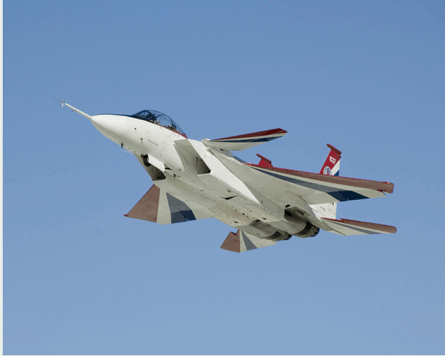NASA pilots and engineers are completing flight tests using twin Boeing F-15 supersonic jets to probe the effects of wing lift and exhaust plume shapes on the strength of shockwaves, investigations ultimately aimed at helping industry create quiet supersonic aircraft.
Conducted at the Dryden Flight Research Center in Edwards, California, the lift and nozzle change effects on tail shock (Lancets) project features NASA's NF-15B, an F-15 equipped with a canard and adjustable engine nozzles, flying in a lead position with a second F-15B equipped with a shock-measuring nose spike flying 100-500ft (30-150m) below and behind the first. The trailing F-15B uses differential global positioning system to probe various locations in the shock field.
The results will be combined with earlier NASA and industry tests on nose geometry modifications and nose spikes to validate models of shock strength linked to fore-body shape. Sonic booms are created by the shock waves that form on the front and rear of an aircraft, with boom loudness linked to the strength of the shock waves, which in turn are related to aircraft geometry, lift, exhaust plume shape and other variables.
Results of the Lancets project will be used by NASA's Langley Research Center and others to develop and validate improved analytical tools that consider aft-shockwave effects when predicting sonic boom signatures. The programme is funded through NASA's fundamental aeronautics programme.
 |
|---|
© NASA |
Source: Flight International
















